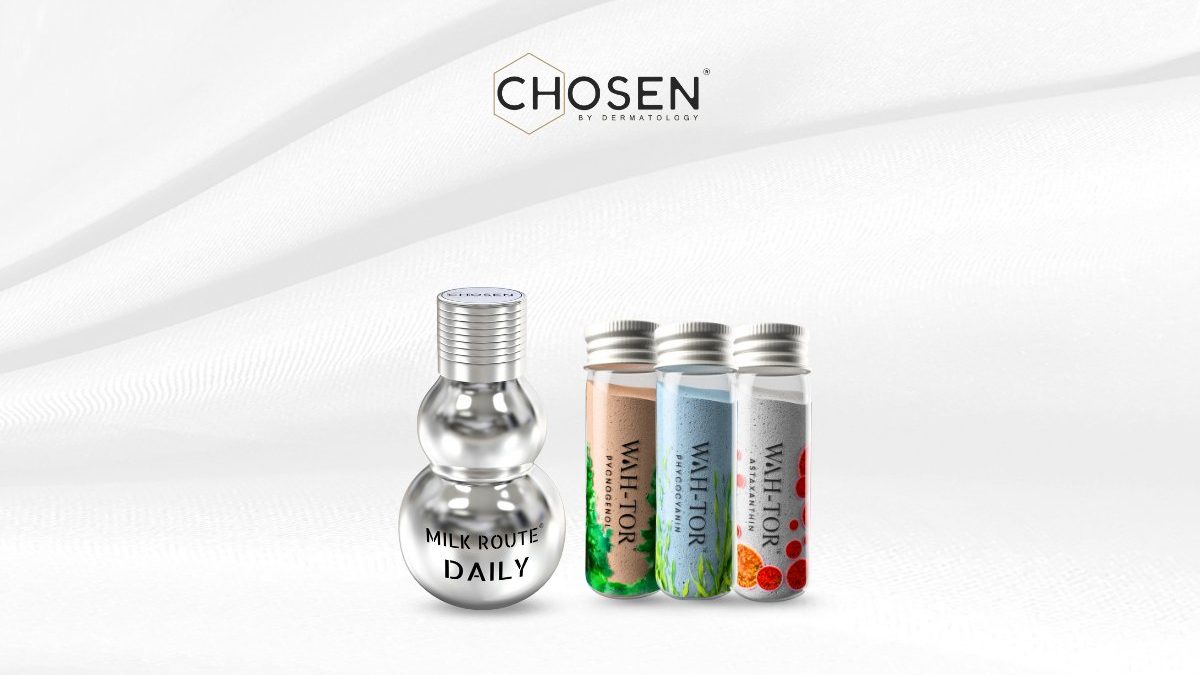Dark inner thighs, a condition known as frictional hyperpigmentation, are a common concern, particularly among individuals with higher melanin content in their skin, such as those of Indian heritage. This condition typically arises due to persistent friction between the inner thighs, often triggered by activities like working out or jogging. Fortunately, there are practical methods to reduce and prevent frictional pigmentation, allowing you to achieve smoother, even-toned inner thighs.
Table of Contents
Understanding Frictional Hyperpigmentation:
Frictional hyperpigmentation occurs when repeated friction and irritation between the inner thighs lead to skin darkening in this sensitive area. This issue can be a source of discomfort and self-consciousness for many individuals. Fortunately, you can take steps to address and prevent it effectively.
1. Use a Diaper Rash Cream as a Protective Barrier
Prevention is vital when it comes to managing frictional hyperpigmentation. One of the most effective preventive measures is using a diaper rash cream with protective properties. These creams create a barrier that reduces friction and irritation between the inner thighs.
To use this method, apply the diaper rash cream generously to the inner thighs for about 3 to 4 weeks before engaging in activities that may cause friction, such as working out or jogging during the day. This protective barrier can significantly reduce the chances of further darkening in this sensitive area.
2. Incorporate a Mild Lactic Acid Exfoliator
To address existing hyperpigmentation and improve the overall texture of your skin, consider incorporating a mild lactic acid chemical peel into your skincare routine. Lactic acid is known for its gentle exfoliating properties and can effectively remove dead skin cells. One excellent product to consider is Milk Route® Daily, designed to be used in the evenings.
By exfoliating regularly, you can help fade dark patches on your inner thighs while simultaneously hydrating your skin. Exfoliation addresses hyperpigmentation and promotes skin renewal, leaving you with a smoother and more even complexion.
3. Maintain an Ideal Body Weight Through a Balanced Diet and Exercise
Excess weight can increase friction and irritation in the inner thigh area. Therefore, achieving and maintaining an ideal body weight through a balanced diet and regular exercise is essential in preventing frictional hyperpigmentation.
A healthy lifestyle supports your overall well-being and reduces the friction experienced in the inner thigh area. Focus on a balanced diet rich in nutrients, incorporate regular exercise into your routine, and stay hydrated to keep your skin healthy from within.
4. Wear Proper Clothing
Your choice of clothing plays a significant role in preventing and managing frictional hyperpigmentation. Opt for clothing that fits well and does not cause excessive rubbing or chafing in the inner thigh. Breathable fabrics, such as cotton, can help minimise friction and irritation.
When engaging in physical activities like workouts or jogging, consider wearing moisture-wicking athletic wear. These specialised fabrics are designed to keep moisture away from the skin, reducing friction and preventing further darkening of the inner thighs.
Frictional hyperpigmentation of the inner thighs is a common concern for many individuals, especially those with higher melanin levels in their skin. Fortunately, there are practical steps you can take to address and prevent this issue. Using protective creams, incorporating exfoliating products, and maintaining a healthy lifestyle can reduce frictional pigmentation and achieve smoother, even-toned inner thighs. Additionally, choosing appropriate clothing can further contribute to the well-being of your inner thigh skin.
With consistent care and attention, you can regain confidence in your skin, free from the discomfort and self-consciousness often associated with frictional hyperpigmentation.
Related posts
Featured Posts
Ruby Gemstone: What Are The Most Valuable Gemstones?
Ruby Gemstone – It is a very beautiful and valuable stone.Whether due to their colours, size or brightness, throughout history,…
Summer Fashion Trends: About, Dress Trending, Trendy Colors, And More
About Summer Fashion Trends – Summer Season has many different types of Clothes which look So beautiful every Time Wear…



